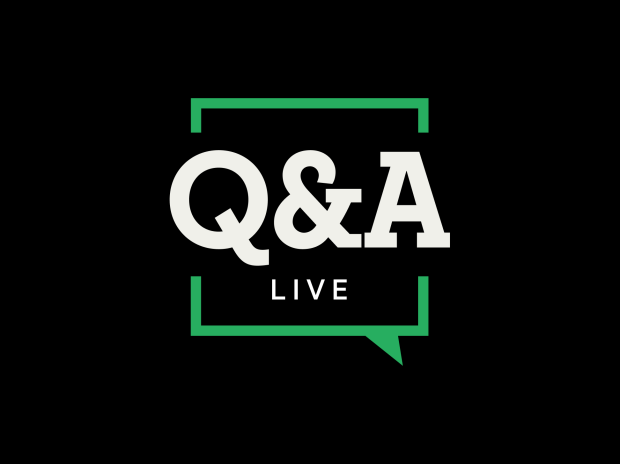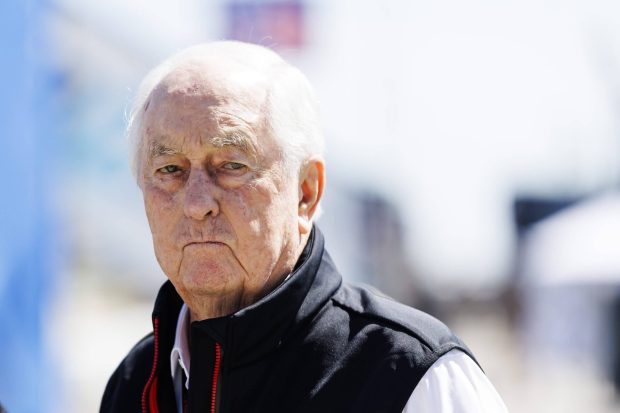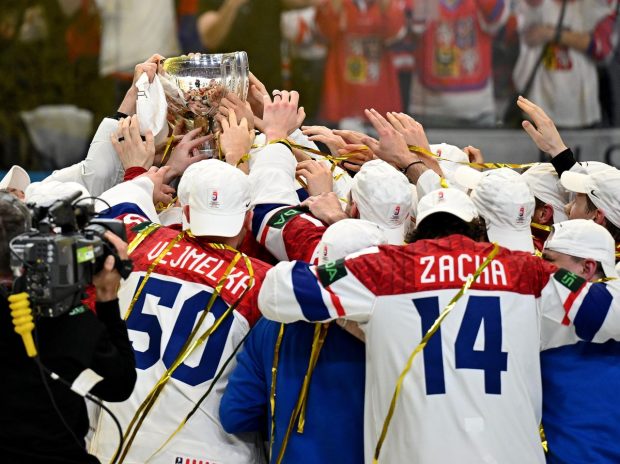INDIANAPOLIS — The day after Roger Penske took ownership of Indianapolis Motor Speedway in 2019, the then-82-year-old reportedly walked around every inch of the massive property to make a list of potential improvements.
Since then, his beloved speedway has indeed become “Penske Perfect,” the term the team often uses to describe its standard. Racing’s version of a gigantic Wrigley Field has been refreshed, spruced up and revitalized — reminiscent of Penske’s sprawling race shop in North Carolina, where anyone would be comfortable eating off the floors. In the world of “The Captain,” as Penske is known, seemingly no detail is overlooked.
Advertisement
In some ways, that’s what has made the recent controversies involving his team and series so stunning. For an iconic businessman and racer whose esteemed reputation and integrity are above reproach, Penske has shockingly found himself dragged into the mud.
“Believe me, it hurts me in my gut,” Penske said in an interview Wednesday with Fox Sports. “There’s a certain amount of credibility you have to have. It’s integrity — individually and collectively (with) our team (and) the sport — and I think we let people down.”
EXCLUSIVE: Roger Penske, Chairman of Penske Corp, sits down with Jamie Little to address the Indy 500 qualifying rules violations that led to the dismissal of three Team Penske employees. pic.twitter.com/AyybePid10
— INDYCAR on FOX (@IndyCarOnFOX) May 21, 2025
Two of Penske’s cars were found to have illegal modifications before last weekend’s qualifying for the Indianapolis 500, and photographic evidence that has emerged since then showed the cars have been that way for quite some time — at least a year, including last year when Penske driver Josef Newgarden won his second straight Indy 500.
So in some ways, Penske had to send one of the strongest messages he could on Wednesday. He parted ways with his team’s entire senior leadership core — three men who had major responsibility for the reason Penske’s personal parking space at Indianapolis is marked with a sign that simply reads “20.”
No name, no initials. Just “20” for the number of Indy 500s Penske has won.
The Wednesday firings included Tim Cindric, the architect of the IndyCar team and a Penske loyalist since joining the organization in 1999. Half of Penske’s Indy 500 victories have come with Cindric running the show. The roots run so deep that Cindric’s son, Austin, who grew up around the organization, now races for Penske’s NASCAR team and even won the Daytona 500.
Advertisement
But suddenly, Tim Cindric is out. It had to be a painful moment for Penske to part with his three top IndyCar officials, but a necessary one at a time when his name and his team’s reputation are under elevated scrutiny. It’s not like this was the only time Penske’s organization has come under fire recently.
Just last year, all three Penske cars were found to have software installed that allowed its drivers to use IndyCar’s “push to pass” engine boost button at an unapproved time. Newgarden and a teammate, Scott McLaughlin, were disqualified from the 2024 season opener after they were discovered to have used the boost illegally, and all three teams were heavily penalized.
The software on the cars was claimed to have been an error, an oversight. An old version of the software had been installed and gone undetected, the team said.
But what about this time around? IndyCar vehicles are equipped with an attenuator on the rear of the car, designed to crush in accidents and save the driver from severe injury by having that part of the car absorb more of the impact. The Penske cars manipulated the attenuator, which is not allowed to be touched at all due to safety concerns.

Roger Penske and Josef Newgarden celebrate Newgarden’s win in the 2024 Indianapolis 500. It was Penske’s 20th win in IndyCar’s premier event. (James Gilbert / Getty Images)
In motorsports, understanding how much speed can be gained by a rules violation is usually a murky topic. Accordingly, officials often must remove intent from rules, so that they aren’t guessing as to what a team may or may not have been trying to do. While we don’t know if the modified attenuator may have led to any performance gains (IndyCar president Doug Boles said he believed it was worth “0.0 miles per hour”), teams also rarely mess with a part of the car for no good reason.
Penske himself might not have known about the modifications, but clearly someone in the team’s upper management did. Who would have given the green light on such a decision? The team apparently may have tried smoothing out two pieces of the attenuator by bonding them together for aesthetic reasons — lest the car look less than Penske Perfect — but why blatantly break the rules that way? Was this all a mistake, an oversight?
Advertisement
“We have not done a good job in the optics,” Penske said. “These two violations show the fact I need to be more diligent in where we’re going as a team.”
We don’t know the answers to how exactly this happened at Penske, but we do know one thing: IndyCar’s technical inspectors themselves missed the infractions on the Penske cars. Since Penske also owns IndyCar, that — or at least the oversight of the people he has tasked with that responsibility — ultimately falls under his purview as well.
Boles, who has been on the job for just three months, said Wednesday the tech inspectors simply missed it. They are often hurried in checking the cars before qualifying or the race and thus focus on the areas of the car that could affect speed and performance — not safety.
He admitted the flaw and pledged IndyCar would correct the problem before the season is over, whether by changing procedures or upgrading resources or personnel. And ultimately, Boles said, IndyCar would create an independent officiating body that has nothing to do with Penske.
But for now, whether the perception is fair or not, Penske is connected to all of it. It’s his team. It’s his series’ officials. At his racetrack, before the biggest motor race on the planet.
Penske is 88 years old. He has spent his entire life meticulously crafting a legacy for himself, and integrity is at the heart of it. For someone of high character, few things are worse than seeing that questioned.
That’s what made Wednesday’s firings virtually inevitable. It damaged his team in the process, just days before the Indy 500, and severely hurt his chances of seeing his parking spot marker changed to “21” on Sunday night. But it also harmed the series and speedway he holds so dear, and he has committed to being the steward of both.
“People have come to me and said, ‘You’re supposed to be a leader of this sport, and here you have these two situations,’” Penske said. “The integrity of this sport, I didn’t help it any. I’ve got to take the role on, along with the Penske Entertainment leadership, and gain back that credibility. … The last thing I want to do is tarnish (IndyCar and the Indy 500).”
(Top photo of Roger Penske at the 12 Hours of Sebring in March in Sebring, Fla.: James Gilbert / Getty Images)
This news was originally published on this post .










Be the first to leave a comment